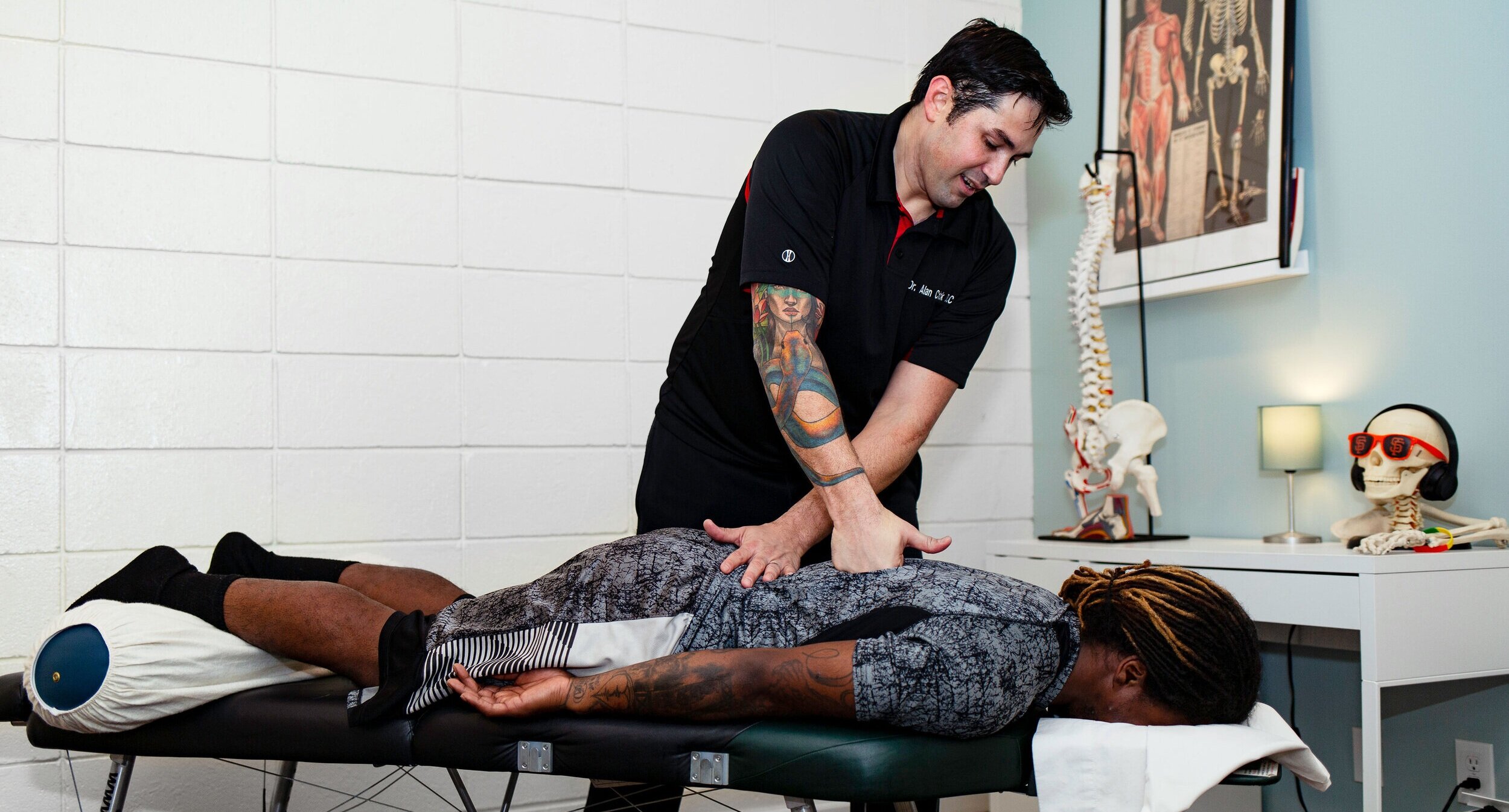Our Mission:
We are dedicated to providing affordable holistic care to under-served communities, with proceeds benefiting victims of child abuse, sexual assault, and domestic violence.
Abuse has far-reaching impacts on individuals and society. The monumental Adverse Childhood Experience study (ACEs) tracked how negative childhood experiences such as abuse, neglect, and unstable caretakers impacted the individual’s overall health.
The study found that:
“adverse childhood exposures showed a graded relationship to the presence of adult diseases including ischemic heart disease, cancer, chronic lung disease, skeletal fractures, and liver disease.” (link)
Recent decades of research have seen increasing interest in studying the effects of trauma. This research has shown that exposure to trauma causes neurological dysfunction, seen as changes in brain structure and function.
The amygdala is a small almond shaped structure in the brain responsible for experiencing emotions and responding appropriately to stress. When an individual experiences a traumatic event, this region of the brain becomes overactive and hypersensitive to stress. When the traumatic event is over, these changes endure, leading to a lifetime of heightened stress response and impulsivity.
The prefrontal cortex is responsible for planning, decision making, impulse control, and healthy socializing.
As an adaptation to a traumatic event this region of the brain down-regulates, causing a lack of impulse control and unchecked emotional/social behavior.
This area of the brain is often associated with our personality development, so a compromised prefrontal cortex means that who we are as friends, partners, and parents, actually changes when we have unhealed trauma.
Instead of being empowered and in control of our experience, we are driven instead by overwhelming emotions and primitive survival reactions.
Sensory structures in the brain also change in response to trauma, likely as a protective measure to ‘tune out’ the abusive experience.
In victims of verbal abuse, the auditory cortex grey matter is significantly decreased, as are language processing centers.
In victims of domestic and sexual violence, the visual cortex is compromised, and areas of the somatosensory cortex involved with sensation to certain areas of the body are decreased.
This photo shows a PET scan of a normal brain (left) and the brain of an individual who experienced early trauma (right), circling the comparative inactive/underdeveloped temporal lobes.

This powerful link between trauma and disease/neurological dysfunction motivated the creation of A Touch of Hope. As chiropractors and body workers, we know that we can help. Chiropractic is a form of manual therapy that removes interference from the nervous system (called a subluxation), liberating the innate healing energy of the body and restoring alignment of structure and self.
“A vertebral subluxation is a diminished state of being, comprising of a state of reduced coherence, altered biomechanical function, altered neurological function and altered adaptability.”
Bodywork such as massage and cupping complement and enhance this alignment, relaxing the nervous system and restoring a sense of peace and safety in the body.
Started by a handful of health care providers, our vision is to create a network of trauma-informed health and wellness care for those who are under-served, while also generating funds to directly support organizations dedicated to healing trauma.
Welcome and thank you for visiting our web page. If you have questions or would like to learn more, we hope that you connect with us.
- The Touch of Hope team
Text and image sources:
https://www.childhelp.org/child-abuse-statistics/
https://www.cdc.gov/injury/features/sexual-violence/index.html
https://www.childhelp.org/child-abuse-statistics/
https://spinalresearch.com.au/wp-content/uploads/2017/06/The-Vertebral-Subluxation.pdf
https://www.dana.org/article/the-abused-brain/
https://exploringyourmind.com/the-amygdala-and-anxiety-whats-the-link/
https://exploringyourmind.com/the-amygdala-and-anxiety-whats-the-link/
https://americanspcc.org/




